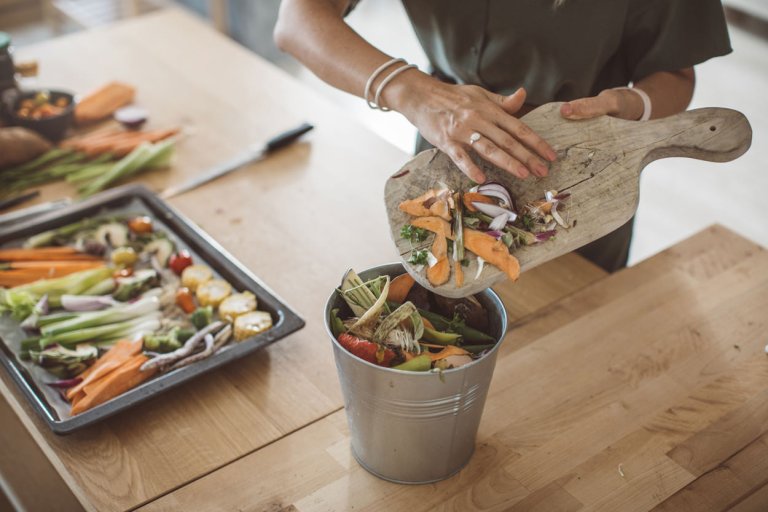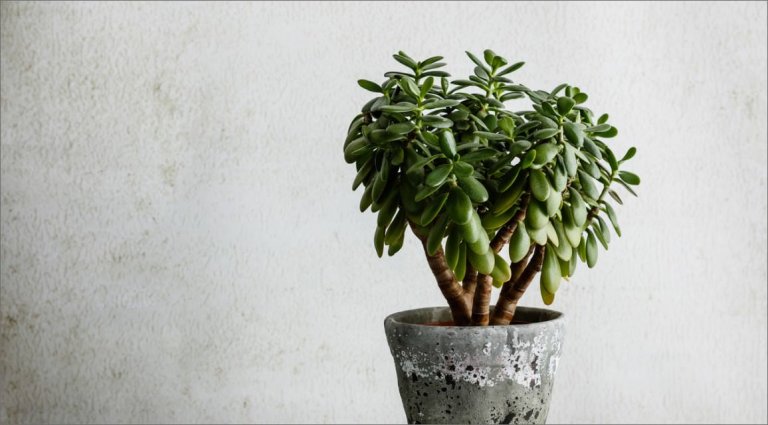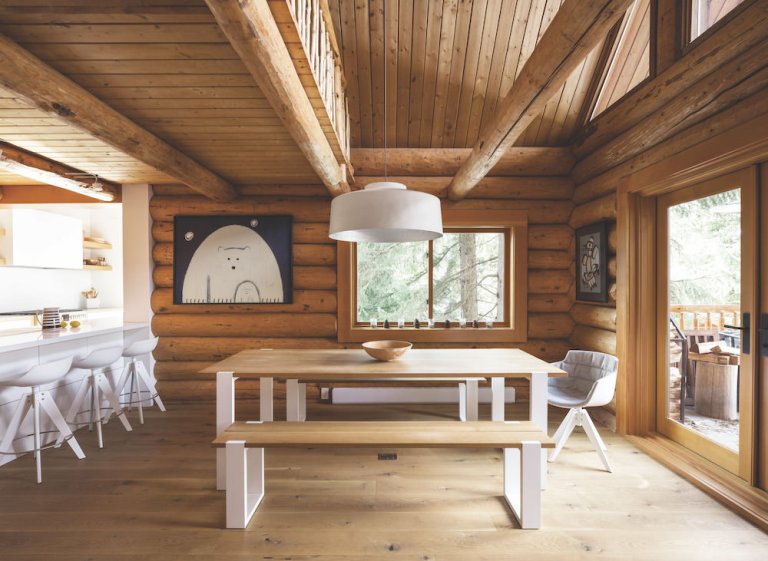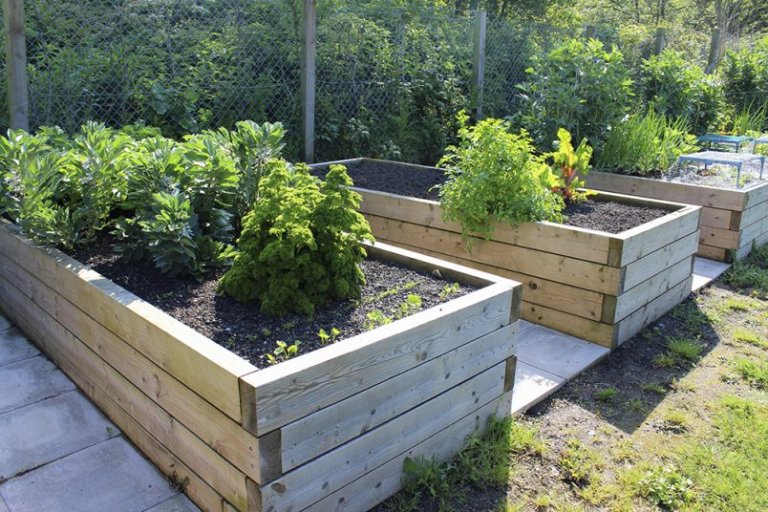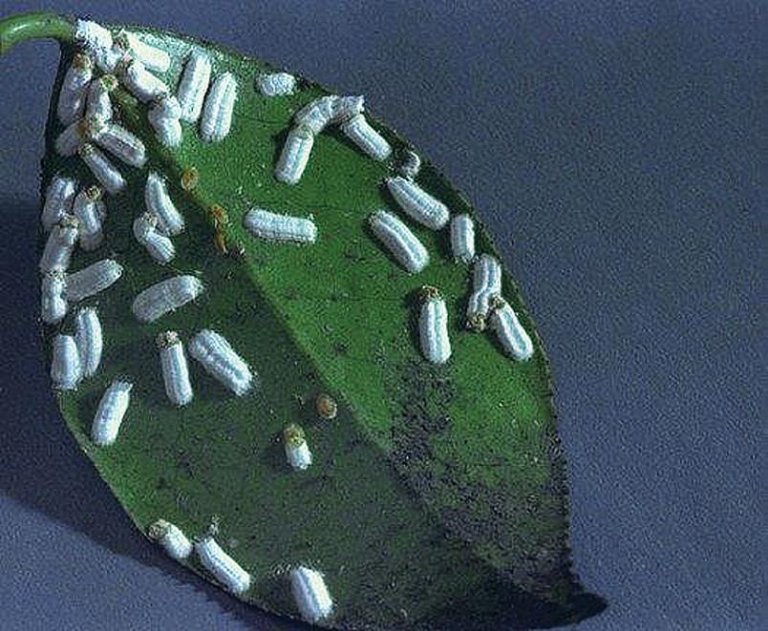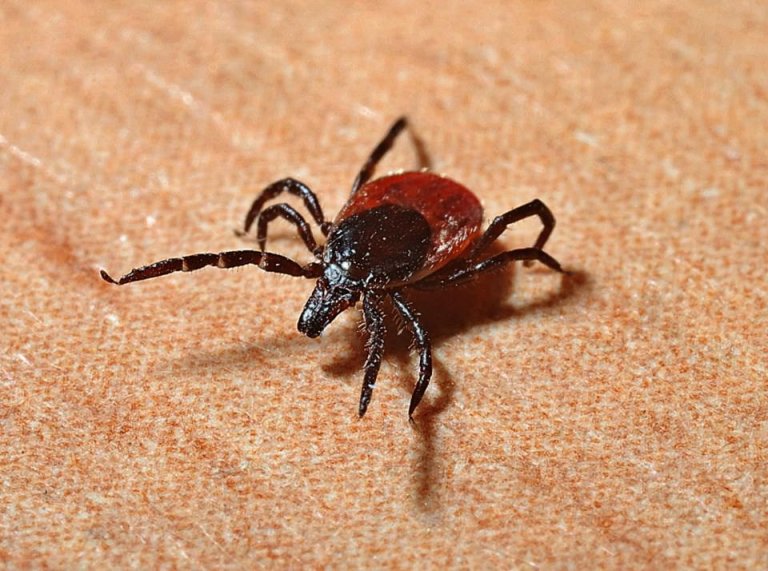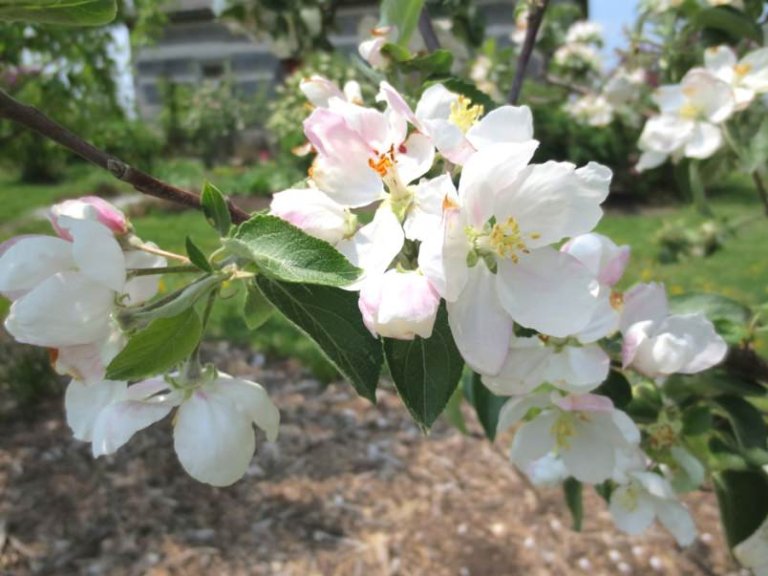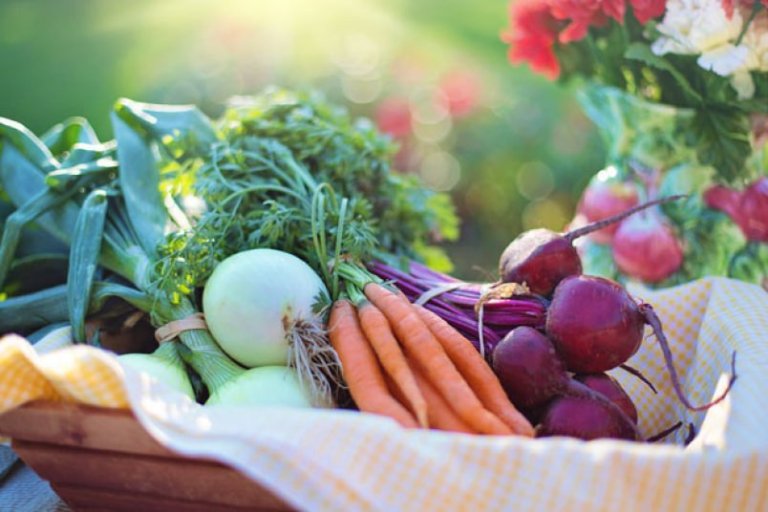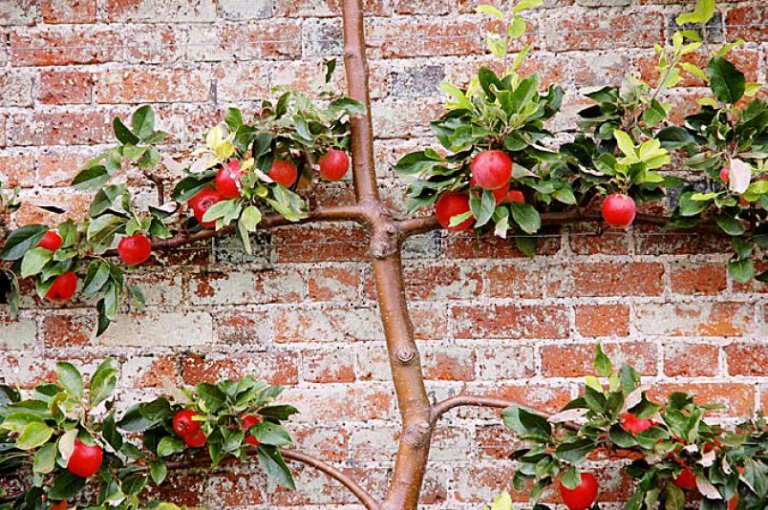Back
New plants worth trying
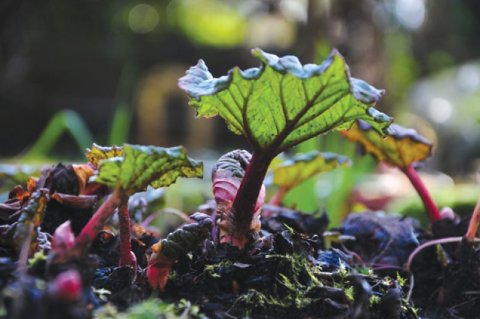
The horticulture industry is gradually catching up with the current home trend of compact living.
Smaller, more refined and colourful-leaved plants are now being bred to meet consumer demand.
The real growth in plant purchasing has come from edible plants like blueberries, fruit trees, veggies and herbs. So many of the new varieties are simply minor improvements on existing species. However, there's always something interesting enough to try growing in the garden this year so here's a few new plants to consider for the garden.
From Proven Winners comes the Sunny Anniversary Abelia. This is claimed to be a new and distinct cultivar of Abelia characterized by its compact 1.5-metre height, with dense and bushy growth that freely flowers through much of summer. The flowers of Sunny Anniversary are buttery yellow flushed with soft orange and pink versus the pale pink to white flowers of the original species. I like Abelia for use in the garden as a mid-height shrub for summer interest in light shade or full sun. They tolerate some drought, grow in most soils, except boggy or very rocky soils, and flower in the summer when few other shrubs do.
No garden would be complete without at least one climbing vine. Of the many vines out there, I love trumpet vines (Campsis radicans) for its scarlet to orange flowers in late summer. The one problem with Campsis is its growth potential. It's able to grow up to 10 metres, which is too big for many gardens. To address the vine's size issue in relation to evershrinking lot sizes, the Ball Horticultural Company has bred their Campsis Jazz Series of trumpet vines to grow only two metres tall. The Jazz Series is hardy to -26.1 C and comes in Jazz Fire (red), Summer Gold (yellow) and Tangerine with reblooming tangerine flowers. Campsis needs a sunny exposure, reasonably good soil that drains and a sturdy structure to grow on. Trumpet vines produce selfclinging roots, so they can adhere to the surface they are growing on, therefore provide climbing support in the form of a solid surface for the climbing shoots to attach to, such as wood fencing stone or brick pillars, steel surfaces or old tree stumps.
Hops seem to be back in vogue these days, probably as a result of the boom in the locally brewed beer industry. Hops (Humulus lupulus) has traditionally been grown for beer production but many hop cultivars are suitable for garden cultivation. Hops are traditionally bred and grown for varying amounts of bitterness and the type of flavour or aroma.
Garden culture hops are chosen for foliage colour and vigour control. Many hops will grow five metres tall making the selection of a suitable planting placement crucial.
Hops can be grown in place of honeysuckle, clematis or wisteria. A solid support structure is recommended. The caveat with hops is that they are perennial vines that each year send up new twining growths in spring, flower, and in winter the stems die back to the ground. Their winter stems are somewhat interesting and usually cut down in early spring before new growth begins. Many gardeners leave the previous year's stems in place to act as supports for the new season's growth.
Since I don't brew at home I prefer to grow the golden hops (Humulus lupulus aurea) instead of those cultivars grown for flavouring. Golden hops have lime green to yellow coloured leaves resembling maple leaves on steroids.
Probably one of the easiest and most dramatic veggies to grow is rhubarb and there are plenty of varieties to choose from. From the deep red stalks of rhubarb Holsteiner Blut to the sweet flavour of German Wine rhubarb, there's plenty of choice for pies and fresh eating. Rhubarb also makes a lovely ornamental plant producing a dramatic bowl of large leaves throughout summer.
The increasing popularity of super foods rich in antioxidants, such as blueberries, has promoted the ongoing introduction of goji berries to the North American food market. Some garden centres and wholesale nurseries are starting to offer goji shrubs for consumer purchase. There are two closely related species of goji (Lycium barbatum and Lycium chinense) also known as wolfberry, and both are native to Asia. The purported dietary and health benefits of goji berries include high vitamin count, antioxidants, trace minerals and amino acids.
Goji berry is a deciduous shrub growing to two metres tall and wide that flowers in summer. Bee pollination is needed for this plant. Gojis are hardy for the Lower Mainland's climatic zone so there's no worry of freezing damage. They prefer good soil with an acid to neutral pH but will tolerate leaner soils and grow near the ocean. Gojis must be planted in full sun to flower and fruit.
Todd Major is a journeyman horticulturist, garden designer and builder, teacher and organic advocate. stmajor@shaw.ca
By: North Shore News
GuidedBy is a community builder and part of the Glacier Media news network. This article originally appeared on a Glacier Media publication.
Related Stories
-
Design & Renovations
Spring & Summer Decor on a Budget: How to Create a Beautiful Home for Less
It's finally Summer, which means it's time to freshen up your home decor! But don't worry, you don't have to spend a lot of...
-
Home Decor Vancouver
Refreshing Your Home for Spring/Summer
There are many ways you can refresh your house for the spring/summer season. These projects can provide your house with the...
-
Home & Garden
Spring Cleaning Hacks
When the rain slacks off and the last of the snow is gone, it's time to open up the house and clean! While spring may feel like...
-
Home & Garden Abbotsford
How to Create a Zero-waste Household
Reducing your household waste can help the planet in many ways. You may even be able to eliminate your waste completely if...
-
Home Furniture & Decor Abbotsford
Working from home? 4 tips for your home office setup
Working from home can be a better experience for you with the right office setup. Setting up your in-home office correctly can...
-
Cleaners
5 Cleaning Tips That Will Make Your House Sparkle
If you’re getting ready for spring cleaning or another big home cleaning project, you’ll want to sanitize your living space as...
-
Home Decor
Houseplants You Absolutely Want to Have in Your House
Adding some plants to your interior setting can give your home a greener feel while promoting greater tranquility throughout...
-
Design & Renovations Whistler
True To Its Past
The romantic and rounded form of the traditional log cabin, once a staple in Whistler’s architectural landscape, has seen its...
-
Home Furniture & Decor Burnaby
Create an Awesome Home Office Space on A Budget
A small home office doesn’t have to be expensive, but properly planning your space is important so it’s a place you actually...
-
Design & Renovations Vancouver
How To Decorate Your Rental So It Feels Like Home
The right bath and hand towels can add energy to a room. Photo: Barb Lunter Older rental suites can sometimes be plagued...
-
Design & Renovations Vancouver
Spring Decor Tips to Refresh Your Space
Fresh flowers, topical coffee table books and garden ornaments used cleverly indoors are a few ways...
-
Home & Garden Vancouver Island
House Beautiful: 120-year-old Rattenbury home gets new life in Rockland
The owners of this handsome 120-year-old home used to live in a custom-designed, ultra-modern house on the waterfront near the...
-
Design + Build
HOME IDEAS: Lift yourself out of post-holiday funk with DIY projects
Taking down the holiday decorations is never a fun task. Once they are all removed the house can look a little bare. In...
-
Garden & Décor Burnaby
How to garden if you don't have your own garden
Paying $160 for the year was a pretty good price for a vacation property. Only eight minutes from Ben’s downtown apartment,...
-
Garden & Décor Coquitlam
Five simple DIY weekend projects that can improve your home’s curb appeal
Your front door is the first thing you see when you get home at the end of the day and it’s the first impression your home...
-
Flooring
HOME IDEAS: Carpet tiles give your floor needed versatility
Environmental consciousness is definitely a priority these days, and it’s interesting to see how it’s spilling into the...
-
Garden & Décor
DESIGN IN NATURE: Garden pests can be dealt with naturally
Everyone should know that using cosmetic pesticides is banned in all three North Shore municipalities. Using these...
-
Home & Garden
Tips to stay tick-free
The first day of spring is a welcome sight for more than just the people of Kamloops – it's a big moment for the...
-
Design & Renovations
Compile a reno or building wish list
If you're planning on renovating your home or building a new one you undoubtedly have some definitive ideas on what you'd like...
-
Home Furniture & Decor Delta
It just takes a little determination to design a gallery wall
Gallery walls, also called moment walls, are one of today's hottest home decor trends. Gallery walls enable homeowners to...
-
Cleaners Burnaby
‘Uber for laundry’ moves into Burnaby. Because people are that lazy
Look, I know the headline for this blog seems harsh, but I’m actually not judging. Just stating a fact – people in our...
-
Garden & Décor
HOME IDEAS: Create a guest room that visitors will want to come back to
Are you expecting visitors over the summer holidays? There’s something special about creating a warm and inviting living space...
-
Bathrooms
HOME IDEAS: Bathe your bathroom with simple, modern flourishes
If you were fortunate enough to visit this year’s BC Home + Garden Show here in Vancouver, you may have come home with some...
-
Flooring
Family company built from the floor up
Many family businesses are built from the ground up, but Woodopolis Home Centre literally started with hardwood...
-
Home & Garden Vancouver
DESIGNER FILES: Wallpaper covers all bases for your interior
If your last interaction with wallpaper was the unforgettably tacky, impossible-to-remove and overused versions that ran...
-
Design & Renovations Delta
Rooms do double duty in smaller homes
Many homes do not have space for guest rooms, play areas and home theatres that are possible in homes with substantial square...
-
Garden & Décor New Westminster
Let's give a shoutout to these multi-tasking plants
When is a garden-variety plant more than a plant? When it provides multiple functions. Take flowering trees and shrubs that...
-
Garden & Décor Burnaby
Veggie creep is one of the next big things in gardening
Want to be on the leading edge of your gardening community? We have spent a lot of time forecasting the next big thing for the...
-
Home Furniture & Decor Vancouver Island
Debbie Travis: Benefits of benches include extra seating, storage
Dear Debbie: I was debating with a friend what was an “extra” piece of furniture she couldn’t do without. We agreed that a bed,...
-
Contractors Prince George
Why this Prince George contractor settles for nothing but the best
Sponsored Content “I’m very passionate,” says Robert Rivey, “and I suppose I always do my best.” This sort of...
-
Garden & Décor
AROUND THE HOUSE: Got fruit trees? Sweet!
You really don’t have to be an expert to prune fruit trees. All it takes is a little common sense and a few helpful hints. As a...
-
Bathrooms Maple Ridge
Woodopolis: Making local bathrooms beautiful
Sponsored Content Bathroom renovation may not be what people think of when they hear of Woodopolis Home Centre, but...



